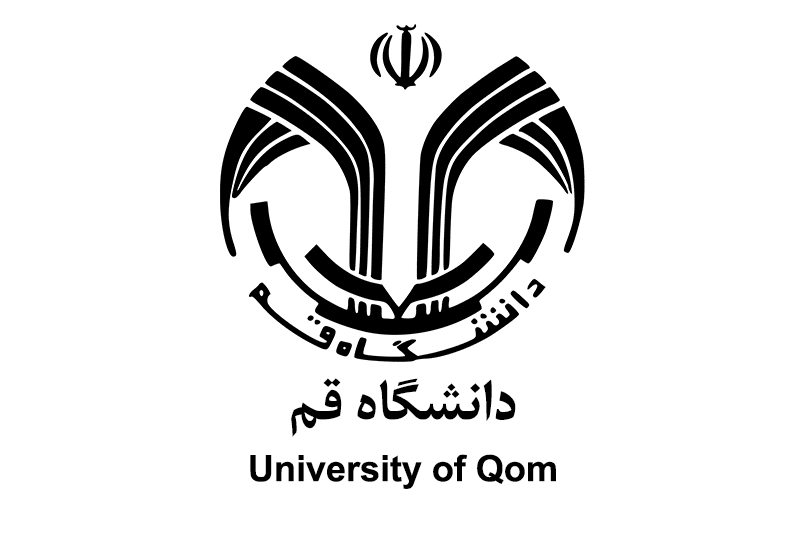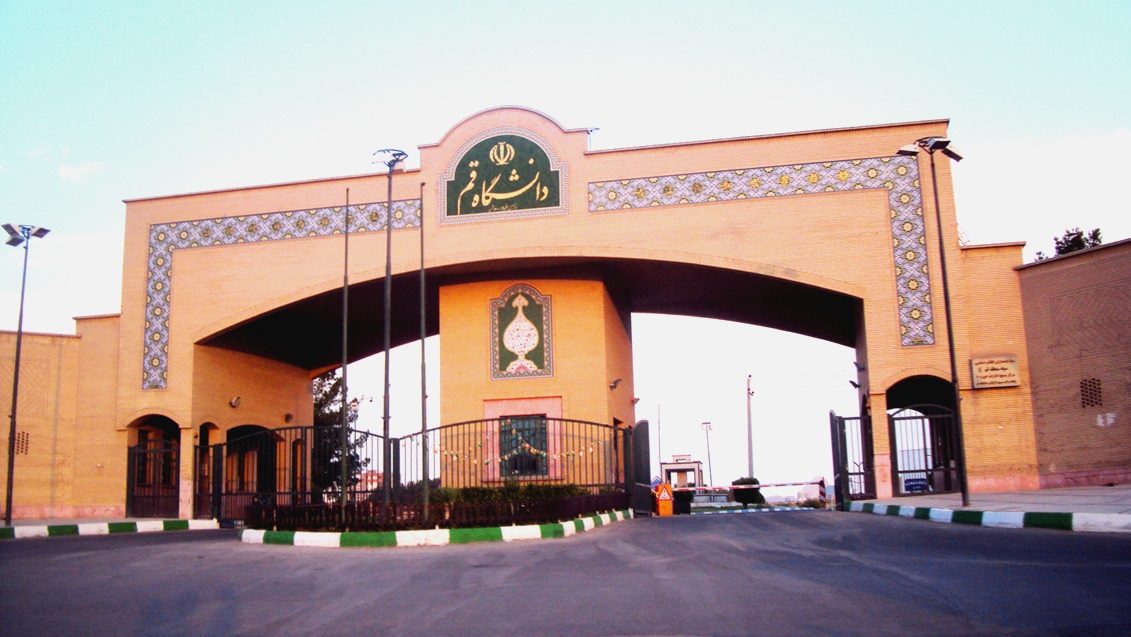Qom University
Establishment: Qom University was founded in 1358 AH SH (1979 AD) as a higher education institution specialized in education and judiciary. In 1376 AH SH (1997 AD), it was upgraded to university status.
Location: The university is located in Qom, one of the most important religious cities in Iran, and spans an area of over 140 hectares.
Educational and Research Structure:
- Colleges: The university includes 6 colleges, with a dedicated campus for female students and another campus for undergraduate studies. It has 33 academic departments and offers 164 study programs.
- Number of Students: About 10,000 male and female students study at the university across bachelor’s, master’s, and doctoral levels, including 500 international students.
- Scientific Research: The university places great importance on research and scientific development, featuring 94 advanced laboratories and workshops.
Facilities and Campus Areas:
- Educational Facilities: The university has over 29,000 square meters of educational space for male students and 26,000 square meters for female students.
- Sports and Fitness: The university includes football fields, indoor sports halls, a swimming pool, and other sports and recreational facilities.
- Dormitories: The university provides modern dormitories for male and female students, featuring spacious rooms and comfortable facilities.
Unique Features:
- Female Student Campus:
The university pays special attention to the development of science, research, and management for women by providing dedicated educational spaces and dormitories for female students. - Research Centers:
The university includes advanced research centers in the fields of environment, pollution, and modern technology. - International Student Support:
Qom University attracts students from around the world and provides them with dedicated facilities to support their studies and academic success.
Future of Qom University:
Qom University aims to improve its ranking among the top 10 universities in Iran and seeks to expand its scientific and research capacities to serve the country and the global academic community.


